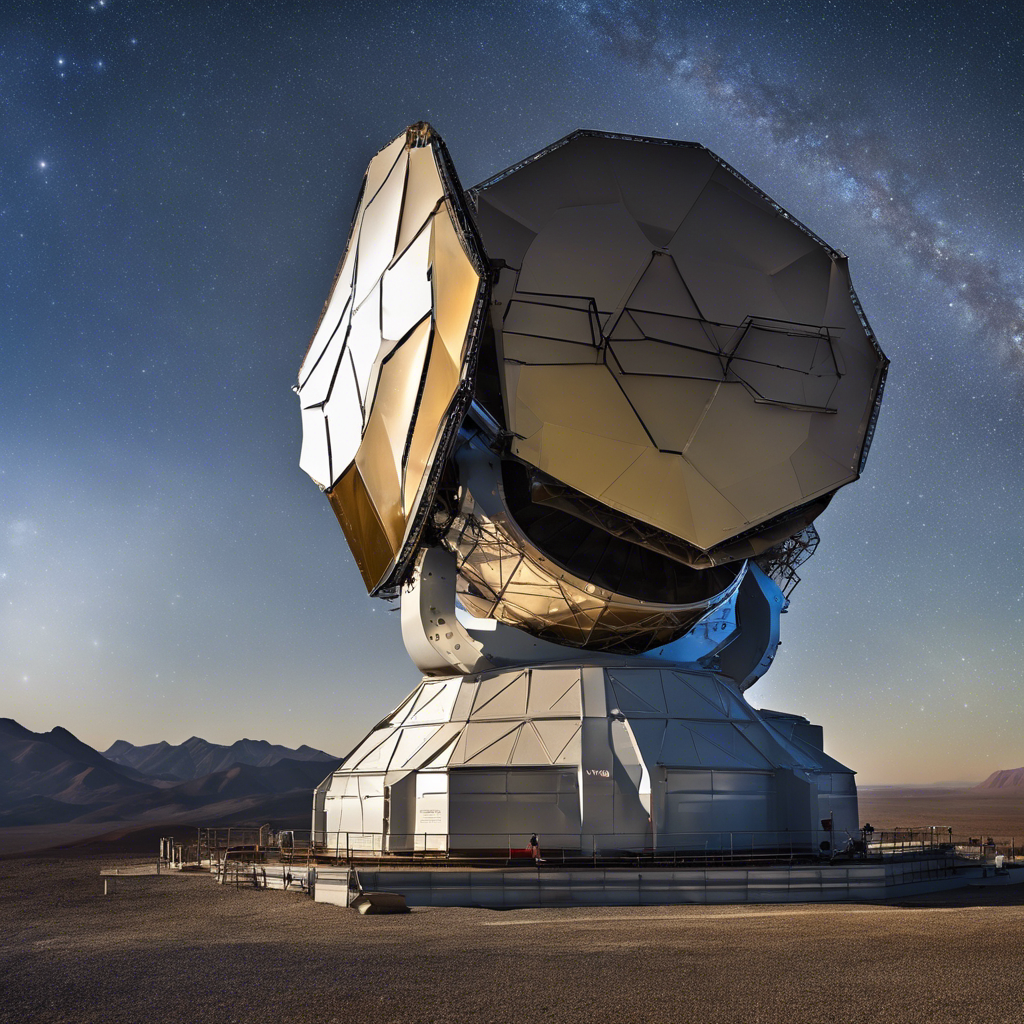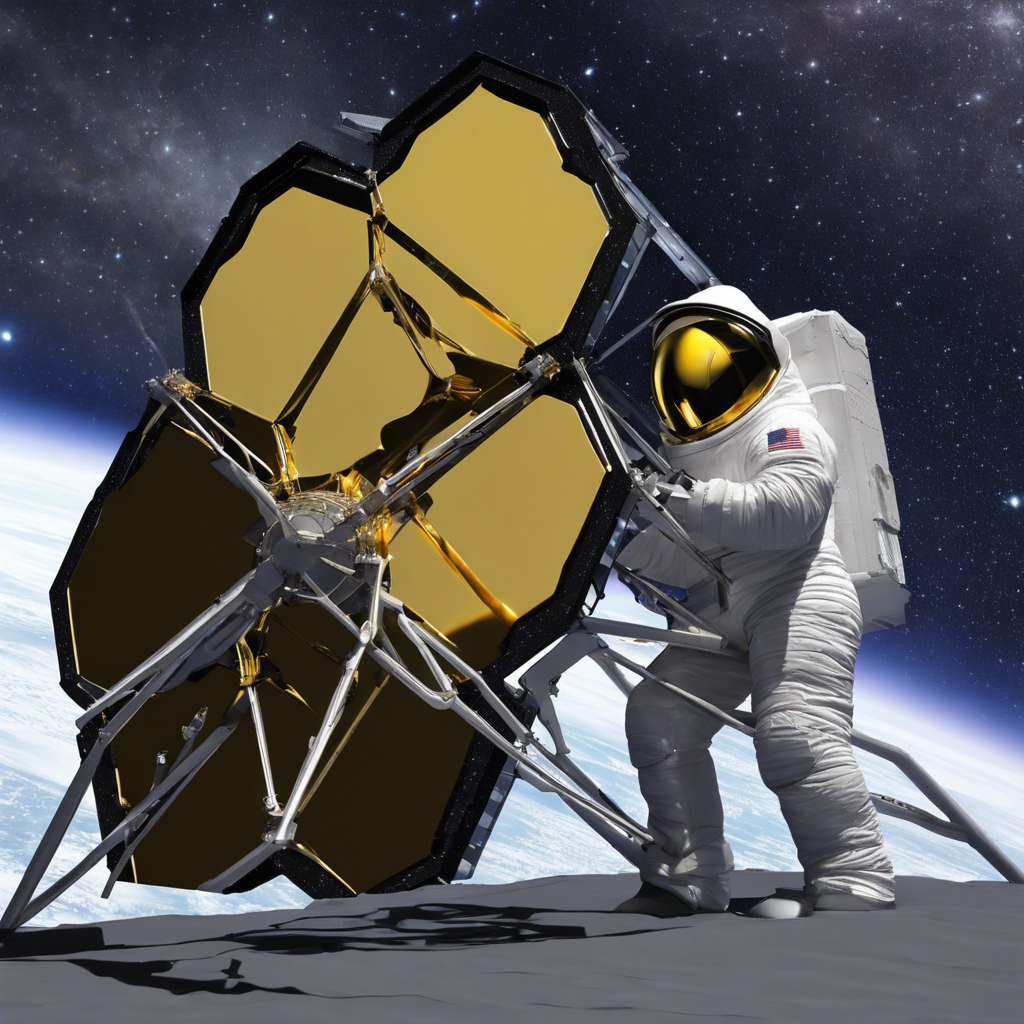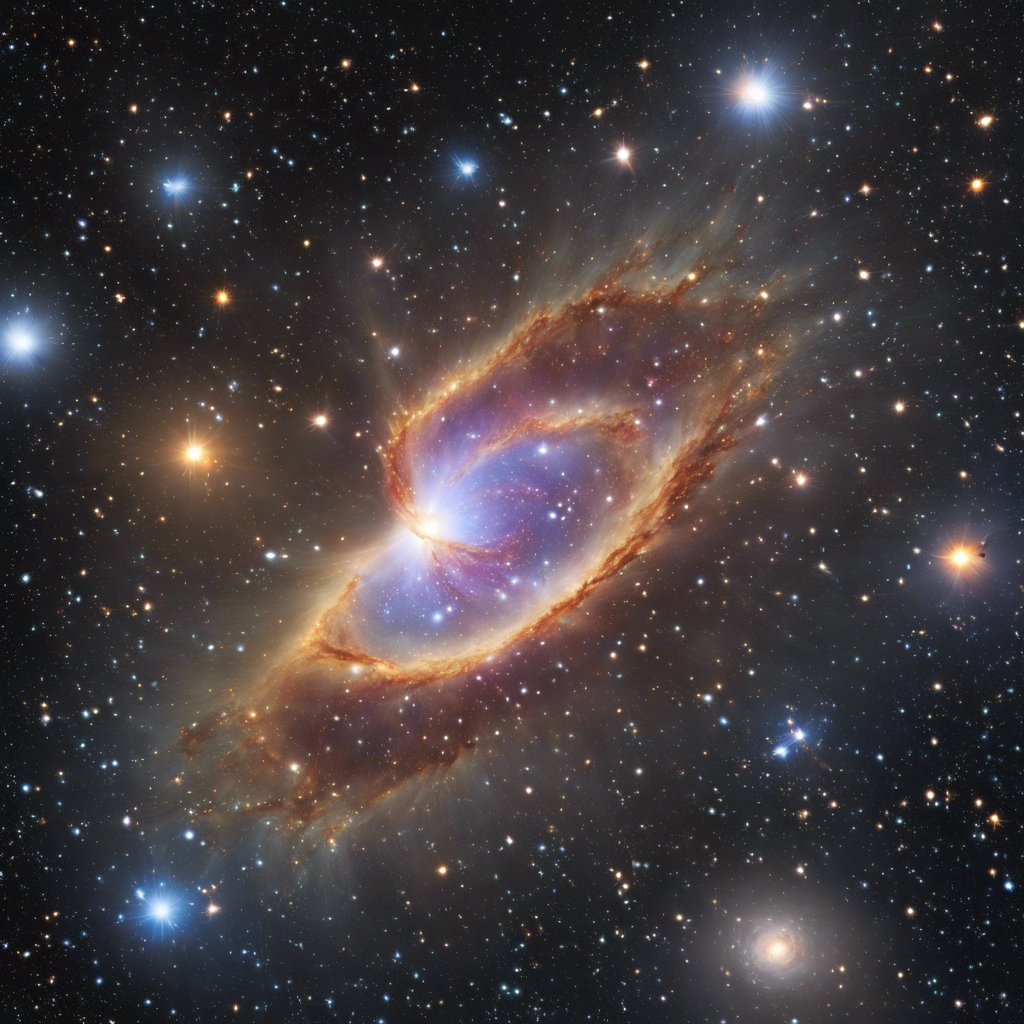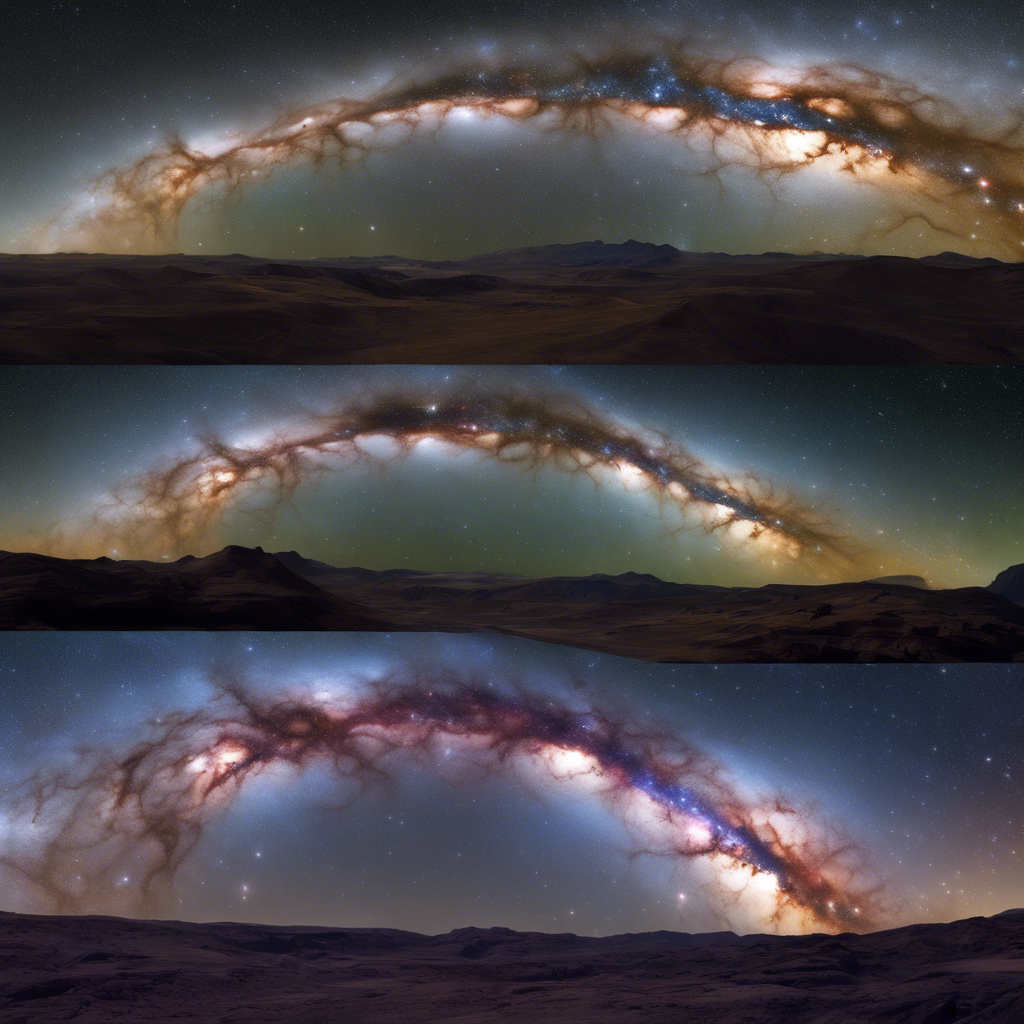It will be the world’s biggest optical telescope by far—and a powerful time machine
In the high Atacama desert in northern Chile, astronomer Joseph Anderson finds inspiration in the colors of a sunset. He stands atop the Cerro Paranal mountain, showcasing the Very Large Telescope (VLT), Earth’s most productive astronomical facility. However, the VLT may soon be overshadowed by the Extremely Large Telescope (ELT), currently under construction on Cerro Armazones. With a diameter of 39.3 meters, the ELT will be the largest optical telescope in the known universe. This €1.5 billion project is expected to revolutionize observational astronomy and provide new insights into the universe.
Unveiling the Power of Light
Optical telescopes use mirrors to capture and redirect light from space. The ELT’s massive mirror, more than four times the size of the VLT’s, will collect more light, enabling it to see dimmer objects and resolve them in finer detail. With a collecting area of 978 square meters, the ELT will surpass the current record-holder, the Gran Telescopio Canarias, and open up new possibilities in various branches of astronomy.
Illuminating Exoplanets
Direct imaging of exoplanets, planets outside the solar system, is rare. The ELT’s enormous mirror will allow astronomers to separate the faint light of a planet from the glare of its star, enabling direct imaging of exoplanets from dozens of light-years away. This breakthrough will provide valuable insights into the chemical composition of exoplanet atmospheres and the potential for alien life.
Time Traveling through Space
Telescopes act as time machines, allowing astronomers to observe distant objects as they were when the light first set out. The ELT will offer scientists a glimpse into the early universe, shedding light on the formation of stars and galaxies. Early results from the James Webb Space Telescope have already challenged existing theories of universal evolution, and the ELT could help resolve these mysteries.
Overcoming Challenges
The construction of the ELT is a complex undertaking. The 80-meter-tall steel dome that will shelter the telescope is still being built, and each segment takes time to lift and secure. The telescope must also withstand earthquakes, a common occurrence in Chile. To mitigate these risks, the ELT will float atop a thin layer of oil, isolated from vibrations and disturbances.
The Mirrors of Discovery
The ELT’s main mirror is too large to be made as a single piece, so it will be composed of 798 separate pieces. Each segment is a curved hexagonal slice of high-tech glass ceramic, carefully crafted and coated to ensure optimal reflectivity. Coordinating the movements of these segments presents a challenge, but advanced sensors and motors will enable precise positioning and correction for various factors that may affect the mirror’s shape.
Countering Atmospheric Distortion
Ground-based telescopes face atmospheric distortion, causing stars to twinkle. The ELT will employ adaptive optics technology to deform the mirror’s surface and cancel out these distortions. With more than 5,000 actuators, the ELT’s fourth mirror will make rapid adjustments to ensure clear and detailed images. Laser guide stars will also be used to create a known reference point for mirror adjustments.
Conclusion:
The Extremely Large Telescope represents a significant leap forward in observational astronomy. With its massive mirror and advanced technology, it will unlock new discoveries and insights into the universe. From studying exoplanets to unraveling the mysteries of the early universe, the ELT will push the boundaries of our understanding. While other telescopes will continue to serve unique purposes, the ELT’s light-gathering capacity makes it a groundbreaking instrument that will shape the future of astronomy.











